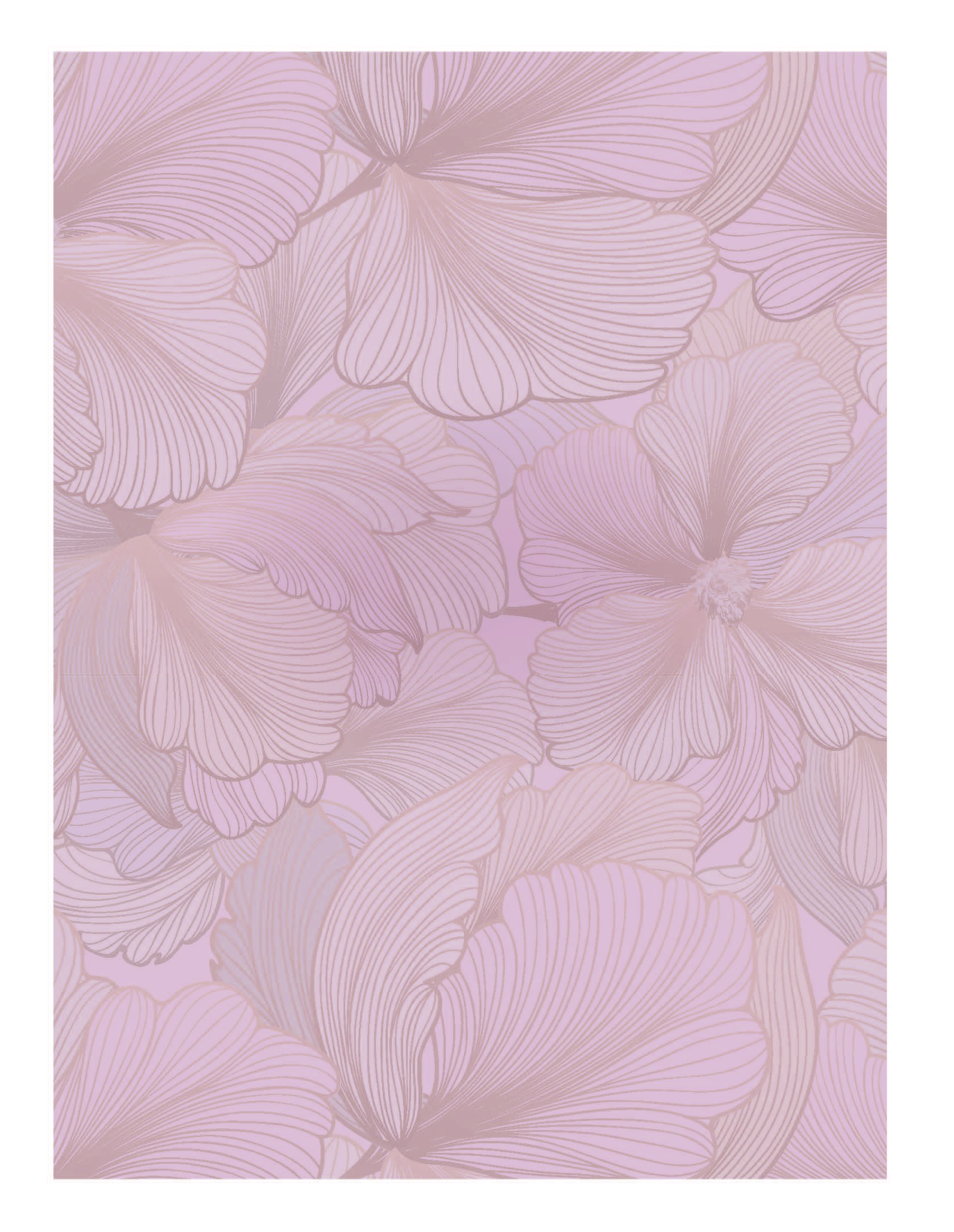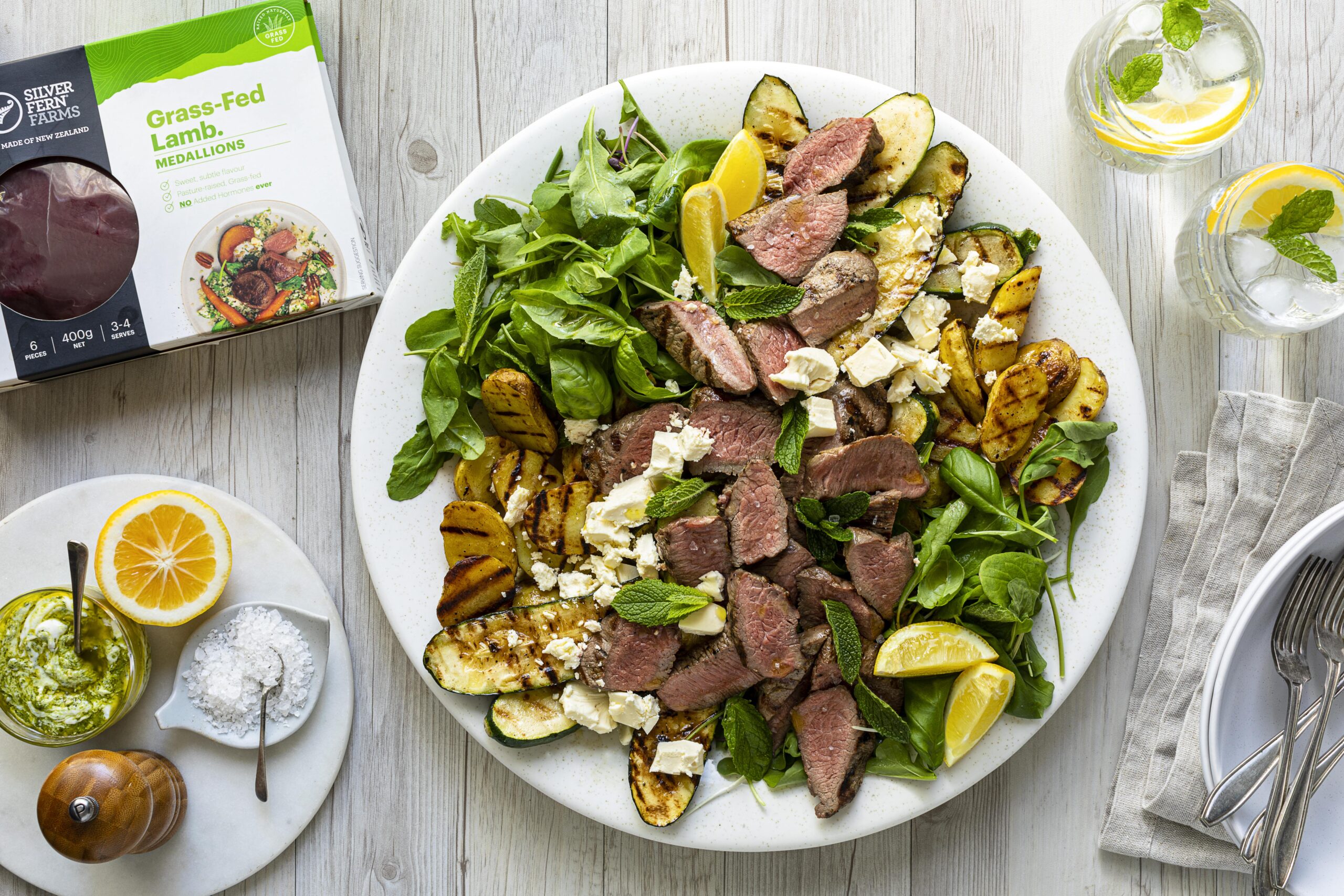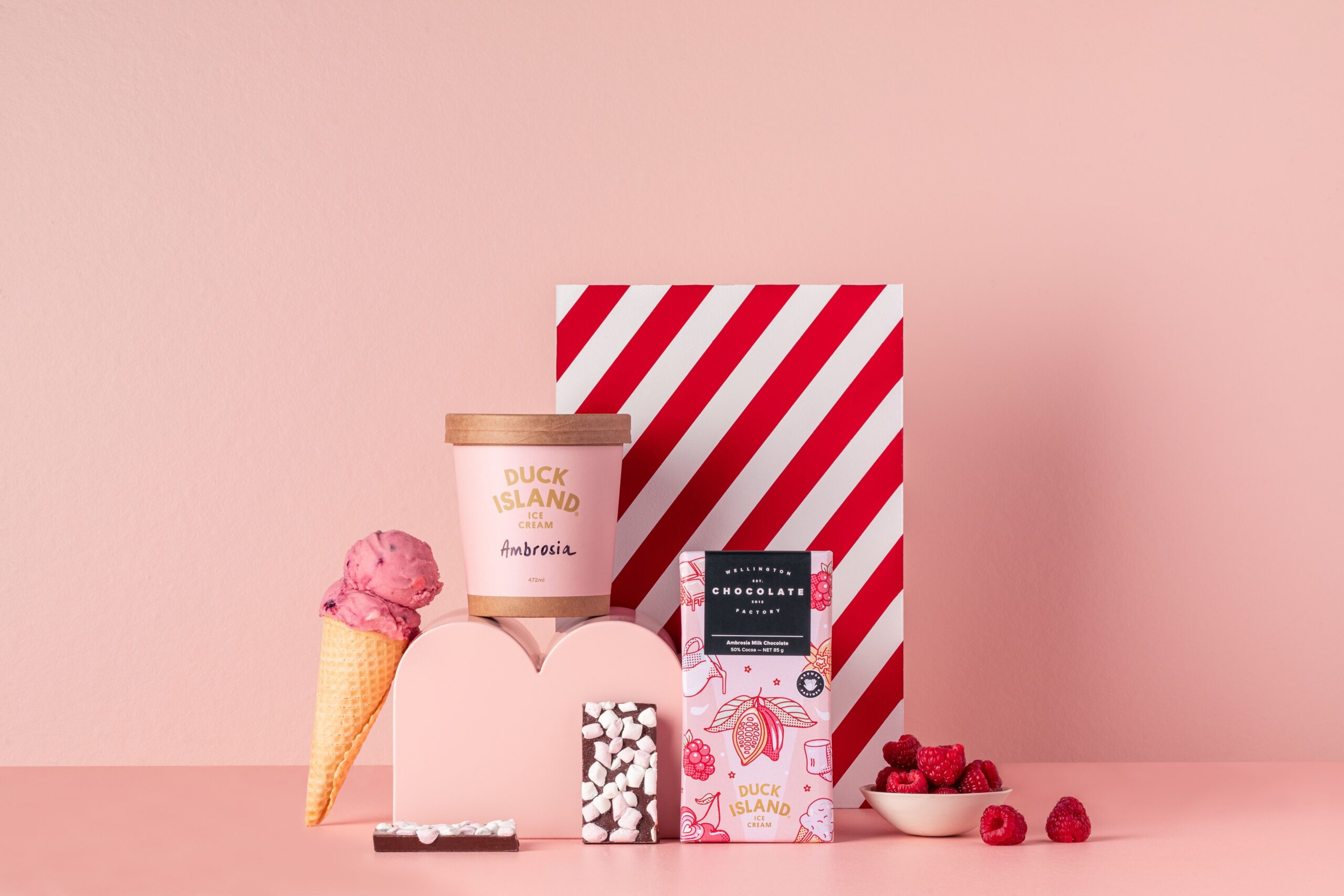The yellowy goodness of natural New Zealand butter is hard to top, but should we turn to manufactured margarine for the sake of our health?
The yellowy goodness of natural New Zealand butter is hard to top, but should we turn to manufactured margarine for the sake of our health? Olivia Wix investigates

Kiwis love butter—the way it oozes from our knives and coats our crumpets, the way it sizzles in the frying pan. But does pure, natural butter do more harm than good? Could processed, artificial margarine really be better for us? When the ‘Trans fatty acids’ article in Good #9 (see good.net.nz/transfat) received a huge email response from Good readers, concerned that we were too easy on margarine, we decided to investigate further.
Butter originated around 9,000 BC, when sheep’s or goat’s milk was stored in a goat skin, hung from sticks and rocked until butter formed. By the mid-1800s, demand for butter had climbed so high that Napoleon III of France held a competition to find an inexpensive substitute. And so, in 1869, margarine was created. It became so popular that many countries made it illegal, to protect local butter producers. With our dairy industry under threat, New Zealand was the last country to decriminalise margarine in 1974.
The butter versus margarine debate has been around almost as long as the spreads themselves. In terms of health, it’s always been a battle of the fats. Butter contains almost 50 percent saturated fat, while margarine can contain unhealthy trans fatty acids (also known as trans fat). But over the past few years, major manufacturers have almost completely eliminated trans fat from margarines; most spreads now contain less than one percent trans fat.
The New Zealand Heart Foundation and AUT University nutrition professor Elaine Rush says margarine is now considered the best choice for heart health. “If you’re going to eat fat, eat margarine, not butter,” says Elaine. “It’s much better for you; there’s not nearly as much cholesterol.”
But not all margarines are created equal: unsalted spreads or those based on olive oil are best. “The best kind of margarine you can use is polyunsaturated,” says Elaine. “If that’s not available, go for monounsaturated and then, if you have to, go for the saturated fat.” She recommends oils based on seeds and nuts, such as avocado oil—but not all plant-based fats are good. “Coconut- and palm oil-based products are still quite high in saturated fats, even though they aren’t from animals.”
But what about the other problems plaguing the margarine industry? It’s certainly not a natural food; rumour has it that without bleaching margarine would be an unappealing shade of grey.
Food technologist Dr Patrick Janssen says that rumour is unfounded—although if the original colour of the oils were allowed to remain, vegetable oil-based marge would be slightly green and palm oil-based spreads red-tinged. Rather than bleaching the margarine itself, clay is used to remove colouring from the oils. Artificial colours such as carotene are added later to give that sunshine yellow colour. Patrick says that while artificial colours have been linked to cancers, the small amounts in your spreads are nothing to worry about.
The energy involved in manufacturing spreads is also a concern for many. We think of butter as being natural, but both butter and margarine undergo industrial processes, and vitamins and preservatives are added to each. To make butter, cream is separated from milk using extreme heat, then refrigerated overnight. It’s put into another machine, whipped to add air, and transferred into a big food processor-like machine to achieve the right consistency before another machine prepares it for packaging.
The margarine manufacturing process is more intensive. Vegetable oils come from overseas—mainly North America, although palm oil comes from Malaysia and Indonesia, where its production is linked to rainforest destruction and the extinction of orang-utans. The oils are withdrawn from the plants or seeds by both a cold and hot processing machine, after which a refining process removes natural colouring and odours. The oil is steamed, flooded with hydrogen, mixed with water and thickened with emulsifiers, before it goes through processing and packaging stages similar to butter.
Marge’s packaging is also energy-intensive: layers of plastic and polystyrene go through various heating and cooling processes to create the plastic tub in the supermarket fridge. Butter wrappers aren’t free of environmental impact either, mainly because of the wax and dye used in printing. Margarine containers can be recycled, but butter wrappers cannot.
It’s difficult to determine which spread is best: butter is certainly more natural, while margarine has health advantages. The Heart Foundation proposes what might be the best solution: whichever you choose to eat, make sure you don’t eat it every day (even as an ingredient in prepared food). With that in mind, your choice comes down to personal preference—what suits your health, your morals and your taste buds?






